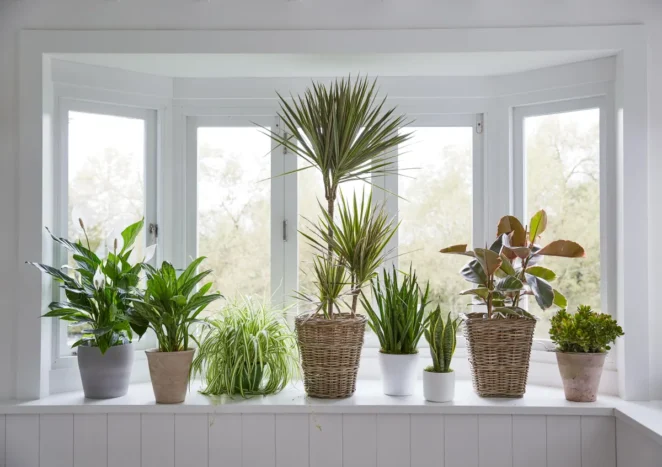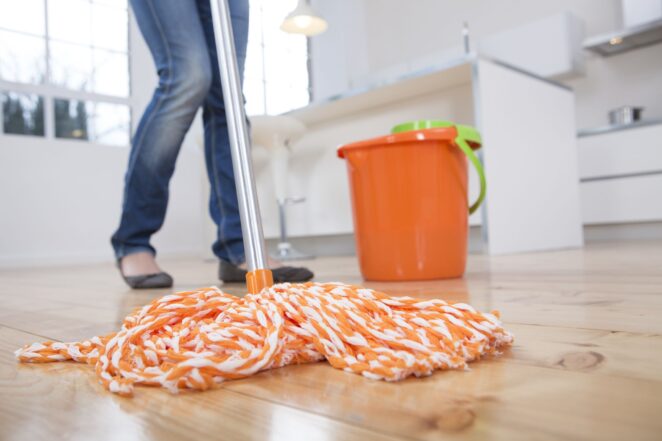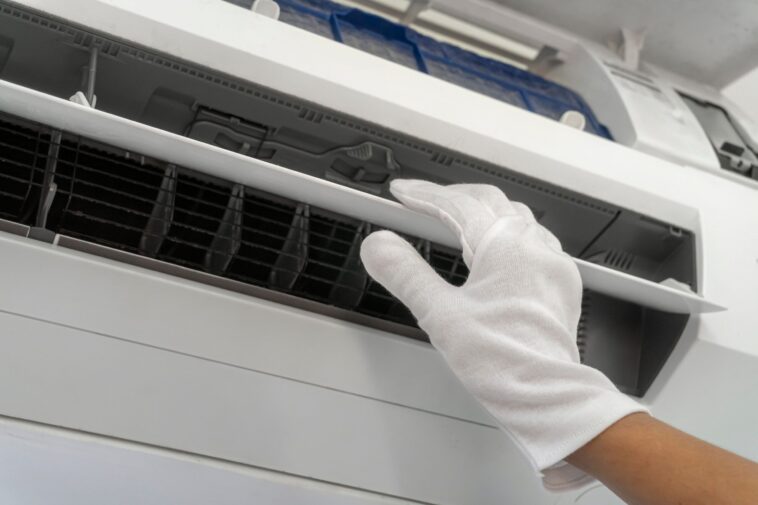Indoor Air Quality (IAQ) encompasses the measurement and assessment of pollution and harmful substances present in the air within buildings, such as homes and workplaces. It is important to recognize that despite the appearance of cleanliness, indoor air can harbor a multitude of toxins. Surprisingly, the Environmental Protection Agency (EPA) has emphasized that the quality of indoor air can be worse than that of outdoor air. However, a high-quality AC such as Airton Climatiseur would be beneficial in improving indoor air quality.
This highlights the significance of understanding and addressing indoor air pollution for the well-being of individuals in indoor environments.
Factors such as carpets, fiberboard furnishings, synthetic floor coverings infused with formaldehyde, clogged furnace filters, and various household cleaning products contribute to air pollution within homes. This pollution can have adverse effects on respiratory health, potentially causing conditions like asthma and COPD.
Additionally, it can worsen allergic reactions and skin problems. Understanding how to enhance indoor air quality, such as by maintaining clean air filters, using natural cleaning products, and incorporating certain types of plants, is crucial for safeguarding the well-being of your family.
By implementing some lifestyle adjustments, you can enhance the air quality within your home.
6 Tips to Help You Achieve That:

By implementing some lifestyle adjustments, you can enhance the air quality within your home.
1. Ventilate:
Ventilating your living space is crucial for maintaining healthy indoor air quality. Allowing fresh air from outside to enter your home by opening doors and windows is a simple yet effective way to combat stagnant air. Even a brief period of five to ten minutes can make a significant difference in refreshing the atmosphere indoors.
2. Change your air filters and whole house filters regularly
Regularly cleaning and replacing air filters, as well as whole house filters, is essential for maintaining clean air and optimizing the performance of your HVAC (Heating, Ventilation, and Air Conditioning) systems.
It is important to clean or replace air filters based on individual usage rather than relying solely on the generic claims printed on the filter. Although a furnace filter may state that it lasts for “30 days,” its actual lifespan can vary depending on factors such as heavy usage or the presence of significant dust, dander, or pollutants in the home. Additionally, air filters are available in different efficiency levels, indicated by MERV ratings ranging from 1 (lowest filtration) to 16 (highest filtration), with the majority of home air filters falling between 6 and 13.
3. Ensure Your Vacuum Cleaners Sucks
To effectively tackle chemicals and allergens present in household dust, it’s important to ensure that your vacuum cleaner has strong suction power, rotating brushes, and a HEPA filter. This combination of features will prevent dust from being blown back out through the exhaust.
Selecting a vacuum cleaner that incorporates a HEPA filter is highly beneficial as it significantly reduces the levels of lead and eliminates toxins like brominated fire-retardant chemicals (PBDEs). Furthermore, this type of vacuum cleaner effectively removes common allergens such as pollen, pet dander, and dust mites from your home. When choosing a vacuum cleaner, it is essential to prioritize these features to ensure a comprehensive and efficient cleaning process.
4. Buy Only Non-Toxic Household Cleaning Products
Choosing non-toxic household cleaning products is an excellent strategy for preserving optimal indoor air quality and minimizing contact with detrimental chemicals. Conventional cleaning products frequently contain harsh substances that can deteriorate air quality and pose health risks.
Rather than relying on such products, it is worth considering the utilization of natural ingredients commonly found in your pantry. These ingredients possess effective cleaning capabilities while avoiding the introduction of harmful chemicals into your living space.
5. Buy indoor plants to improve air quality:

You are absolutely right! Indoor plants not only add beauty and a touch of nature to your home but can also help improve indoor air quality by removing pollutants. NASA researchers have indeed found that certain plants have the ability to reduce indoor pollution and release clean air.
Here are some of the best plants for improving air quality:
Aloe Vera:
Known for its healing properties, Aloe Vera also helps to remove formaldehyde from the air.
Peace Lily:
Helps to remove toxins like formaldehyde, benzene, and trichloroethylene, and also improves humidity levels.
Boston Fern:
Eliminate formaldehyde, xylene, and various other harmful substances from the air.
Palm Trees:
Palm trees, such as the Areca palm, help to remove toxins like formaldehyde, xylene, and toluene.
English Ivy:
Known for its ability to remove airborne mold and formaldehyde.
Bamboo Palm:
Effective at removing formaldehyde, benzene, and trichloroethylene from the air.
Chinese Evergreen:
Helps to remove toxins like formaldehyde and benzene.
Dragon Tree:
Effective at removing formaldehyde, benzene, and xylene.
These plants can be a wonderful addition to your indoor space and contribute to better air quality. Just remember to provide them with proper care, including adequate sunlight, water, and regular maintenance.
6. Keep your floors and furniture clean

Keeping your floors and furniture clean is essential for maintaining good indoor air quality and reducing the presence of allergens.
Here are some key points to consider:
Vacuum regularly:
Regular vacuuming helps to remove dust, pet dander, and other allergens that can accumulate on carpets, rugs, and upholstered furniture. Use a vacuum cleaner with a HEPA filter for more effective allergen removal.
Mop hard floors:
Even if you have hardwood or tile floors, dust and allergens can still settle on the surface. Mopping with a damp mop helps to capture and remove these particles.
Wash bedding and sheets:
Bedding and sheets can accumulate dust mites and allergens over time. Regularly washing them in hot water can help eliminate these allergens and ensure a clean sleeping environment.
Dust furniture:
Dusting your furniture regularly helps to remove allergens that may have settled on surfaces. Use a damp cloth or a microfiber duster to capture and trap the dust, rather than dispersing it into the air.
Use allergen-proof covers:
Consider using allergen-proof covers on mattresses, pillows, and upholstered furniture to create a barrier against dust mites and other allergens.
Maintain good ventilation:
Proper ventilation, such as opening windows or using exhaust fans, helps to improve air circulation and reduce the concentration of indoor allergens.
By incorporating these practices into your cleaning routine, you can effectively reduce allergens in your home and promote better indoor air quality for you and your family.

Conclusion:
Improving indoor air quality is essential for creating a healthy and comfortable living environment. By regularly cleaning and replacing air filters, using a vacuum cleaner with a HEPA filter, opting for non-toxic cleaning products, and incorporating indoor plants, we can significantly reduce indoor pollutants and allergens. Moreover, you can check out Climatiseur Airton for top quality AC.
These simple steps contribute to cleaner air, better respiratory health, and a more enjoyable indoor atmosphere for ourselves and our families. Prioritizing indoor air quality is a small investment with significant long-term benefits for overall well-being.




